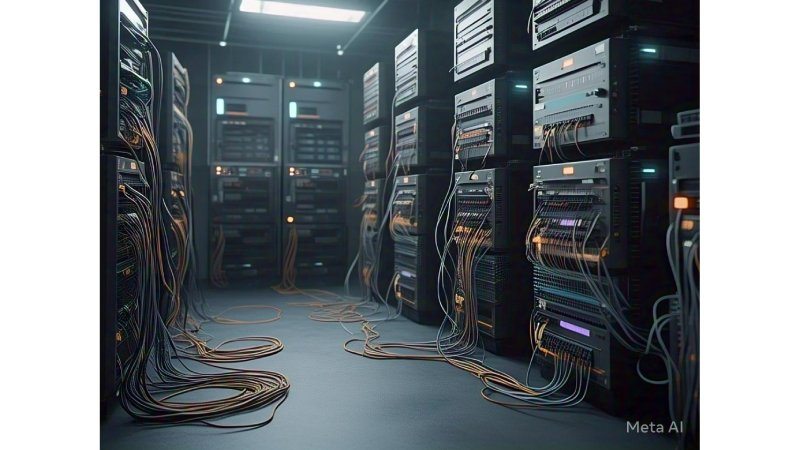
The Wake-Up Call That Shook the Cloud
In 2021, a cascade of cloud outages brought technology giants to suffer a lot, costing businesses millions per minute and eroding user trust. For Abhiraj Singh, an AI and resilience expert, the chaos wasn’t just a headline, it was a catalyst. “I realized we’d been treating resilience like a checkbox, not a core competency,” they stated. “The industry needed to stop firefighting and start fireproofing and start their journey from being reactive to proactive”.
This served as the wake-up call and Abhiraj started developing and executing large-scale controlled tests, called Gameday Exercises. A structured approach that has become a lifeline for enterprises of all sizes battling the fragility of modern cloud ecosystems. But what began as a niche experiment is now reshaping how tech teams worldwide prepare for the inevitable: outages!
The Implementation of a Proactive Revolution
Chaos engineering isn’t a new practice but, a version of old-school resilience games or table-top exercise, Abhiraj contends, are reactive. Teams rush to repair outages after the fact, applying band-aids to symptoms instead of curing underlying flaws. “You don’t wait for a hurricane to stress your levees,” they joked. Gamedays turn the script around: teams practice catastrophes, e.g., regional database crashes or APIs cascading down, before they happen, stress-testing systems and human reaction in controlled chaos.
At the heart of the paradigm is its two-part strategy
- Technical Resilience: Simulated chaos, fault injection, latency glitches, and dependency outages, etc.
- Human Readiness: War-room drills, on-call simulations, escalation policy checks, and high-stress decision-making.
To start with key players in the enterprise software architecture, early adopters has to be mission-critical – DNS services, identity services, and cloud storage, where a single minute of downtime could have apocalypse-level ripple effects.
Behind a Gameday: Practicing Disaster to Prevent It
In our conversation, Abhiraj walked me through a staging environment simulated scenario where a coordinated DDOS on payment gateways and authentication systems resulted in simultaneous outages and unavailability of the identity services. Engineers saw surprise crashes, misconfigured backups, and unavailability of a senior team member who held the keys for a breakglass access, who was instructed to be out of reach on purpose. This exercise resulted in highlighting inefficiencies in the system that would have gone unnoticed otherwise.
The Four-Pillar Framework:
- Plan & Prioritize – Create “risk heatmaps” to identify high-impact services (e.g., payment processors).
- Organize cross-functional teams: DevOps, security, customer support.
- Design Chaos – Model scenarios from historical events (e.g., US-EAST-1 outage) or emerging threats (AI-powered DDoS attacks), or test of “about to be launched” systems.
- Execute Under Fire – Inject failures under ‘like-production’ settings. Validate recovery time, alert fidelity, and team communication.
- Learn Relentlessly – Post-Gameday “blameless autopsies” translate results into solutions. For example, teams saw 37% recovery time improvements after optimizing under-optimized API bottlenecks found during gamedays.
Breaking Barriers: From Skepticism to Adoption
Scaling Gamedays isn’t simple. Engineering leaders would be early resisters, concerned about “squandering time” on what-ifs. Abhiraj’s answer: Data. Convincing teams with previous incident data and the impact it caused on customers would turn skepticism into curiosity. By showcasing real-world failures – missed SLAs, customer churn, and costly downtimes – Gamedays can be proven as an investment, not an expense! One of the key factors teams need to work is implementing a cultural shift: Reward teams to reveal vulnerabilities, not conceal them.
The Future of Failure
As more advanced cloud infrastructure becomes the new normal, outages are a “when”, not an “if”. The transition away from reactive firefighting and towards proactive resilience isn’t just good practice, it’s essential. Abhiraj Singh’s Gameday approach and framework has already revolutionized disruption business planning, transforming the chaos into an orchestrated experiment rather than an expensive crisis. It’s just the start. As AI-fueled attacks, interdependent cloud services, and scaling complexities change, so must our resiliency measures. The businesses that adopt constant stress-testing and cultural openness today will be the ones remaining standing tomorrow. When it comes to fighting downtime, the best defense is preparation, and the time is now.